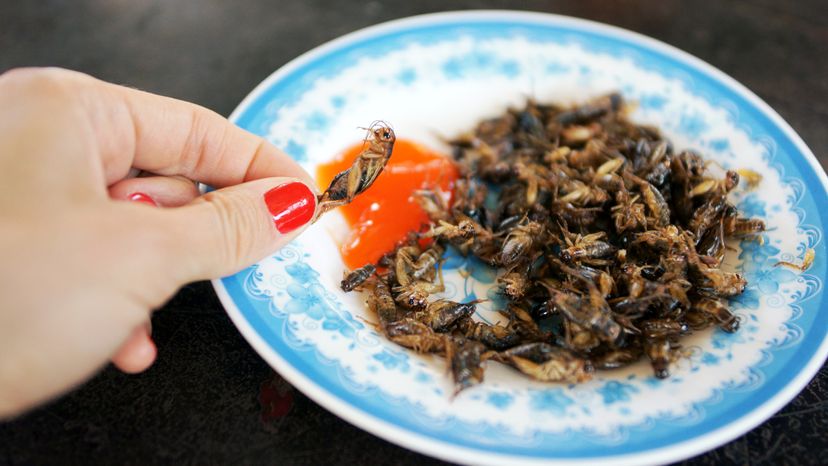
Kevin Bachhuber was enjoying some beers in Phuket, Thailand, in 2007 when he got his first taste. "It was one of those situations where you're in a beautiful beachfront bungalow bar sipping on Chang Beer and watching the craziest soap operas you have ever seen," he recalled during his 2015 TEDxYoungstown talk. "The bartender puts a bowl of munchies down in front of you and without thinking about it you pop one in your mouth — and freeze. What did I just eat?" The answer, of course, was deep fried crickets.
The culinary experience was entirely new to Bachhuber, as it was to most American travelers at the time. But the California resident was intrigued, and more than a little disappointed when he returned home to the United States and realized he couldn't just pick up a bag of roasted insects at his local supermarket. Back in Thailand, eating crickets had been commonplace since at least 1998 when the king established a comprehensive growing program. Small-scale cricket farms were even introduced at primary schools to educate students on the sustainable growing process and to provide additional protein for school lunches [source: Hanboonsong].
Advertisement
But Thailand isn't the only place where insects are routinely found on the menu. Japanese cuisine has integrated insects for centuries, and restaurants today often feature dishes like inago (fried grasshopper) or sangi (fried silk moth pupae). Chinese gourmands might order a plate of boiled water bugs soaked in vinegar, and Brazilian diners might snack on fried ants. Ghanaians often rely on termites as a nutrient-rich snack that can be fried, roasted or ground into baking flour [source: Weiner].
The fact is, about 80 percent of the world's population regularly consumes insects, but the practice has been slow to catch on in the United States. Bachhuber, along with a small number of other entrepreneurs have aimed to change that. And their focus is on crickets [source: Michels].